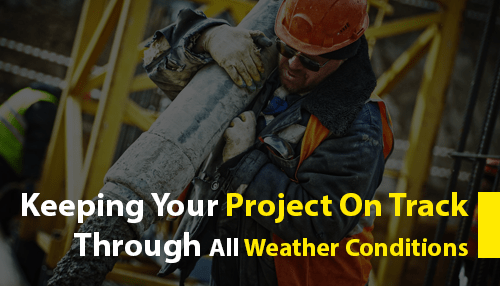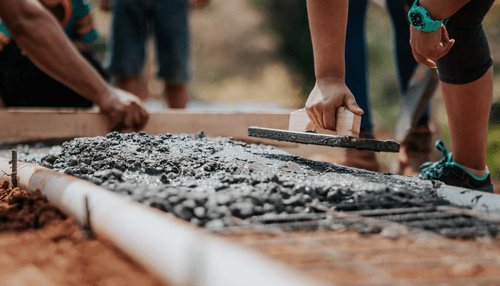While there are numerous soil solutions that you could consider to keep your construction project on track through all weather conditions, the truth is that soil stabilization is one of the most effective of these techniques, and it’s at the top of the list of the best soil solutions.
Soil Stabilization
Soil stabilization represents the process that results in the alteration of the soil structure, enhancing the soil’s physical process in the process. Stabilization increases the sheer strength of the soil, and it also controls the soil’s shrink-swell properties. As a result of the stabilization process, the soil’s load-bearing capacity is increased, meaning that the soil would easily support pavements and the foundations.
The Soil Stabilization Process
For the soil stabilization process, testing and design of the site are important. Testing is crucial as it ensures the determination of the right additives and the admixture rate that allows you to achieve the desired level of engineering properties for the soil. To understand how the soil stabilization process, the engineers follow a specific set of processes that’s a lot like the full-depth reclamation process where a reclaiming machine will first pulverize the soil.
After pulverization, an additive will be placed at the top of the soil, and then it will be mixed then pre-mixed with the soil to be pulverized all the way until the soil achieves its desired properties. Next, the new base will be shaped by the motor grader until the proper profile is attained then the soil is compacted. Depending on the construction needs, the stabilization process will make the soil ideal for use as a construction pad or the roadway. For help with soil, stabilization checks out Mintek Resources.
Types of Soil Stabilization
– Lime Stabilization
This is the most common type of soil stabilization for clay soils. It promises the best results, and lime will be blended with the soil, resulting in a significant reduction in the plasticity of the soil.
– Cement Stabilization
Mixing soil with cement is an effective strategy for soil stabilization because cement added to the soil has active ingredients that help in the soil particles’ disintegration. Cement also helps conceal the soil because it has a number of other ingredients, including calcium chloride, lime, sodium sulfate, sodium carbonate, as well as fly ash. The amount of cement added to the soil depends on the type of soil that needs to be stabilized.
– Chemical Soil Stabilization
The chemicals added to the soil will seal spaces between the soil particles; hence no space/ room for water particles to pass through. The chemicals added to the soil include calcium chloride, sodium chloride, alkyl chlorosilanes, sodium silicate, polymers, amines, chrome lignin, siliconites, as well as the quaternary ammonium salts.
– Bitumen Soil Stabilization
This is a strategy for the construction of parking yards and driveways because it creates a very strong layer above the soil, preventing the absorption of groundwater.
Soil Modification
An alternative to soil stabilization is soil modification, which is also called soil conditioning or mud drying. The modification involves the reduction of the soil’s water content, and it makes it possible for expeditious construction works.
These soil solutions are the leading soil solutions in the construction industry, and depending on what your construction needs are, either modification or stabilization will work for you. The best part is these options will ensure that your project runs regardless of the weather.



